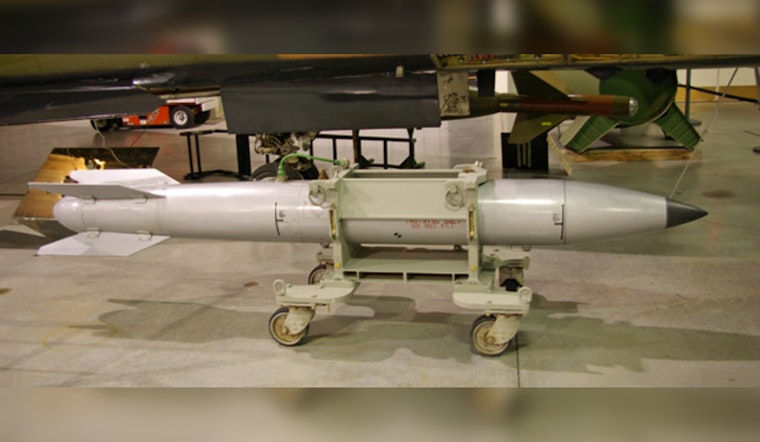A political science PhD candidate at MIT, tackles the complex strategies nations use to prevent the spread of nuclear weapons. His research dives into the various tactics states deploy when they learn that another is inching towards joining the nuclear club—a current issue with global implications. Singh’s work aims to offer a comprehensive look at counterproliferation approaches, pointing decision-makers towards effective strategies for maintaining international security and protecting their citizens.
As an Indian native who grew up in Varanasi, Singh’s exposure to frequent terrorist attacks laid the groundwork for his interest in security studies—a career path that evolved from his beginnings in metallurgical and materials engineering to his current exploration of international relations at MIT. According to a
MIT News interview
, Singh’s research, which he defines in his dissertation, “Nipping the Atom in the Bud: Strategies of Counterproliferation and How States Choose Among Them,” could reshape the way policymakers perceive nuclear security strategies by challenging the binary thinking that often plagues the field.
During a harrowing experience in Jerusalem, Singh awoke to the sounds of air raid sirens only to be airlifted back to the U.S. amidst the onset of regional conflict. This direct exposure to the tensions in the Middle East has since fed into his analysis of historical and ongoing counterproliferation efforts; in earlier instances, according to his research, Israel took a military stance against potential nuclear threats by launching airstrikes against reactors in Iraq and Syria, unlike other nations that generally resort to diplomacy before considering force.
Singh identifies five types of counterproliferation strategies, including “kinetic reversion,” which refers to direct military action against nuclear facilities, and “diplomatic inhibition,” a more peaceful approach involving persuading nations to abandon their nuclear ambitions, often through economic sanctions or mutual disarmament agreements; he further describes “pooled prevention,” where a conglomerate of nations exert collective pressure against a potential nuclear aspirant, this multifaceted framework elaborates on the range of potential actions a state might take when facing nuclear proliferation risks, shifting the conversation beyond the simplistic dichotomy of attack or no attack, as reported by
MIT News
.
The significance of Singh’s work lies not only in its theoretical breadth but also in its grounded applicability; having journeyed from a terror-impacted city in India to the halls of MIT, his transition from journalism to academia has been fueled by a quest to better understand the complexities of international security. This journey, noted by
MIT News
, illustrates Singh’s commitment to enhancing our understanding of nuclear weapons politics and their wider implications for global stability and peace.
Singh’s personal endeavors, such as playing badminton and watching thrillers with his wife, offer him a much-needed respite from the gravely serious nature of his studies, yet he remains deeply invested in his research—conscious that current events might bear relevance to his work, his insights hold potential value for shaping future nonproliferation policies and ensuring a safer world for all.
Note: Thank you for visiting our website! We strive to keep you informed with the latest updates based on expected timelines, although please note that we are not affiliated with any official bodies. Our team is committed to ensuring accuracy and transparency in our reporting, verifying all information before publication. We aim to bring you reliable news, and if you have any questions or concerns about our content, feel free to reach out to us via email. We appreciate your trust and support!



Leave a Reply